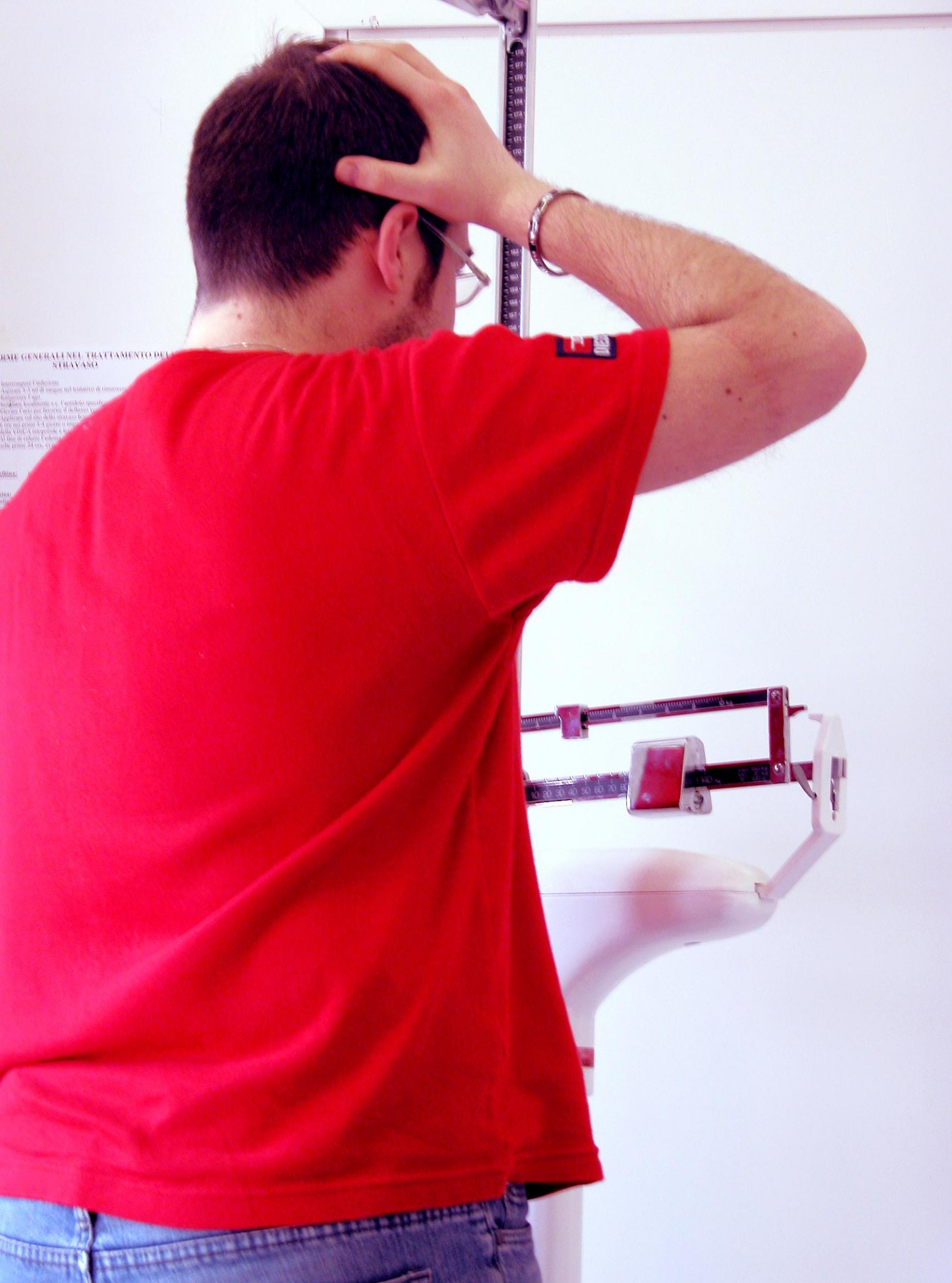Chronic Pain Raises Risk of High Blood Pressure
/By Pat Anson
Having untreated or poorly treated chronic pain is known to raise the risk of serious health problems, including high cholesterol, elevated pulse, arteriosclerosis, and heart attack..
So it should come as no surprise that chronic pain also increases the risk of high blood pressure, according to a new study by the American Heart Association, which found that the extent and location of the pain may determine the level of risk.
Someone with chronic widespread body pain, for example, has a 74% higher risk of developing high blood pressure; while chronic headaches are associated with a 22% higher risk and chronic back pain has a 16% higher risk.
“The more widespread their pain, the higher their risk of developing high blood pressure,” said Jill Pell, MD, Professor of Public Health at the University of Glasgow in the UK and lead author of the study published in the journal Hypertension.
“Part of the explanation for this finding was that having chronic pain made people more likely to have depression, and then having depression made people more likely to develop high blood pressure. This suggests that early detection and treatment of depression, among people with pain, may help to reduce their risk of developing high blood pressure.”
Pell and her colleagues analyzed over 13 years of health data from more than 200,000 adults enrolled in the UK Biobank Project. Participants completed a baseline questionnaire that asked if they had experienced pain in the last month that interfered with their usual activities.
They also noted if the pain was in their head, face, neck/shoulder, back, stomach/abdomen, hip, knee, or all over their body. If they reported pain, they indicated whether pain persisted for more than three months.
Depression was measured based on participants’ responses to questions about the frequency of a depressed mood, disinterest in activities, restlessness or lethargy. Inflammation was measured with blood tests for C-reactive protein (CRP).
At the end of the study period, nearly 10% of all participants developed high blood pressure, which is considered a blood pressure measurement higher than 130/80 mm Hg or 140/90 mm Hg.
Compared to people with no pain, people with short-term acute pain had a 10% greater risk of high blood pressure, while those with chronic localized pain had a 20% higher risk.
When comparing sites of pain, there was a wide variation in risk levels:
74% higher risk for chronic widespread pain
43% higher risk for chronic abdominal pain
22% higher risk for chronic headaches
19% higher risk for chronic neck or shoulder pain
17% higher risk for chronic hip pain
16% higher risk for chronic back pain
Depression and inflammation accounted for 11.7% of the association between chronic pain and high blood pressure.
The findings highlight the need for good pain management to prevent or reduce the risk of hypertension and other health problems.
“When providing care for people with pain, health care workers need to be aware that they are at higher risk of developing high blood pressure, either directly or via depression. Recognizing pain could help detect and treat these additional conditions early,” Pell said.
Pain Relievers Can Cause High Blood Pressure
Another consideration is the need for further studies on the role of pain medicine in high blood pressure. Ibuprofen and other nonsteroidal anti-inflammatory drugs (NSAIDs) may increase blood pressure and worsen pre-existing hypertension. They can also interfere with the effectiveness of some blood pressure medications.
The effect is more pronounced with some NSAIDs over others. Aspirin, for example, appears to have less effect on blood pressure than naproxen, which can cause the body to retain salt and water, leading to fluid buildup and hypertension.
Opioids can cause both low and high blood pressure, depending on the dose and duration of use. Sudden discontinuation of long-term opioid use is associated with increased blood pressure
“Chronic pain needs to be managed within the context of the patients’ blood pressure, especially in consideration of the use of pain medication that may adversely affect blood pressure,” said Daniel Jones, MD, Dean and Professor Emeritus at the University of Mississippi School of Medicine.
One limitation of the study is that participants were middle- and older-aged adults who were mainly white and of British origin – therefore the findings may not apply to people from other racial or ethnic groups, or who live in other countries.
Other contributing factors is that participants reporting pain were more likely to be women, have an unhealthy lifestyle, larger waists, higher body mass index (BMI), more long-term health problems, and live in areas with higher unemployment, lower home and car ownership, and more overcrowding.




